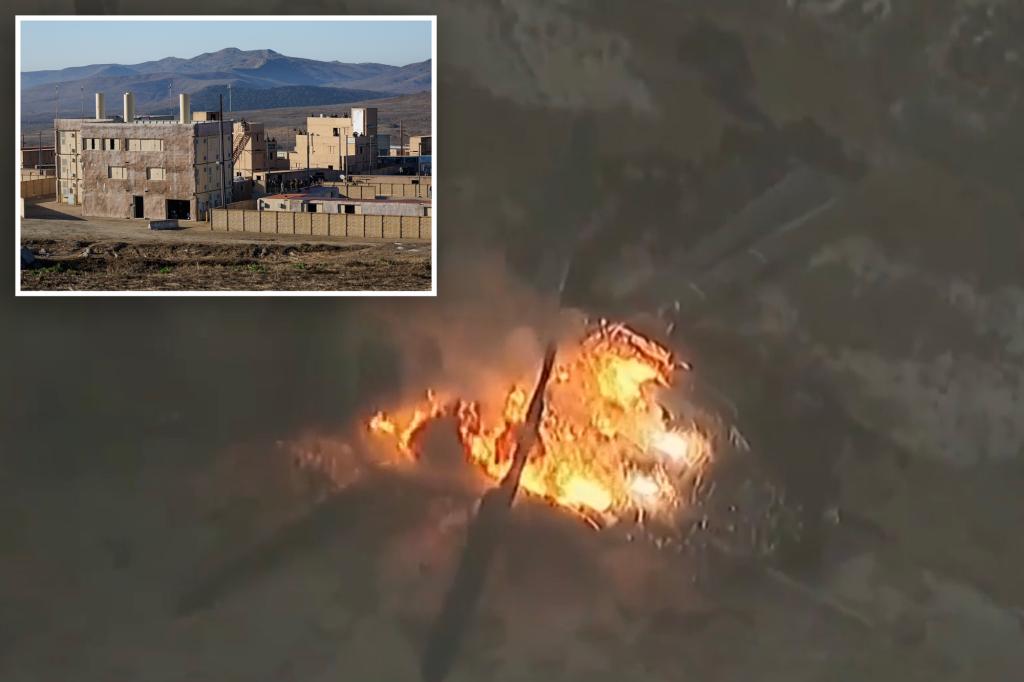On Friday afternoon, a CH53-E Super Stallion military helicopter engaged in a training mission experienced a sudden engine fire, forcing the crew to execute an emergency landing at Camp Pendleton, a Marine Corps base located near Oceanside, California. The four military personnel on board successfully evacuated the aircraft without sustaining any injuries, but were unable to contain the rapidly spreading flames. The helicopter, based at Marine Corps Air Station Miramar, burned intensely for at least an hour before being extinguished by the combined efforts of local first responders and Marine Corps personnel. Authorities requested public cooperation in avoiding the area to facilitate the emergency response.
This incident adds to a series of recent military helicopter crashes that have occurred during training missions. A similar tragedy unfolded on February 8th near San Diego, claiming the lives of five Marines from the 3rd Marine Aircraft Wing during a training exercise. Less than a month later, two National Guard soldiers perished in a helicopter crash during a training mission in Mississippi. The string of accidents continued in March, with a crash near the Texas-Mexico border resulting in the deaths of two soldiers and a Border Patrol agent, followed by the loss of five Army special operations soldiers in a Mediterranean Sea crash during a routine air refueling training exercise. These incidents highlight the inherent risks associated with military aviation, particularly during demanding training operations.
The CH53-E Super Stallion, the type of helicopter involved in the Camp Pendleton incident, is a heavy-lift transport helicopter extensively used by the US Marine Corps. Its primary role is to transport troops, vehicles, and supplies, often operating in challenging environments. The Super Stallion’s size and power make it a vital asset for amphibious operations, disaster relief, and other missions requiring heavy lift capabilities. However, its complexity also presents potential maintenance and operational challenges. The engine fire that led to the emergency landing underscores the critical importance of thorough maintenance procedures and rigorous safety protocols.
The frequency of recent military helicopter crashes raises concerns about the adequacy of training programs, maintenance practices, and overall safety protocols. While military aviation inherently involves a degree of risk, the recurring nature of these incidents necessitates a thorough investigation into the underlying causes. Factors such as pilot training, aircraft maintenance, weather conditions, and the specific nature of the training exercises should be carefully examined to identify potential systemic issues and implement corrective actions. Ensuring the safety of military personnel during training missions is paramount, requiring continuous evaluation and improvement of safety standards.
The prompt response of emergency personnel at Camp Pendleton played a crucial role in containing the situation and preventing further damage or injuries. The coordinated efforts of local fire departments and Marine Corps personnel ensured the fire was extinguished effectively, minimizing the impact on the surrounding area. The incident highlights the importance of maintaining robust emergency response capabilities on military bases and fostering strong collaboration between military and civilian first response agencies. Such preparedness is essential for mitigating the consequences of unforeseen events and safeguarding the well-being of personnel and the surrounding community.
The aftermath of the Camp Pendleton incident will likely involve a comprehensive investigation to determine the root cause of the engine fire and assess the extent of damage to the helicopter. The investigation will involve a detailed examination of the aircraft’s maintenance records, pilot performance, and any contributing environmental factors. The findings will be crucial in informing future safety protocols and preventing similar incidents. The incident serves as a reminder of the inherent dangers of military aviation and the ongoing need for vigilance and continuous improvement in safety measures to protect the lives of military personnel.

